At the end of canyons, we can have Mesas like the one below. Based on what we know about canyons, how was this mesa formed?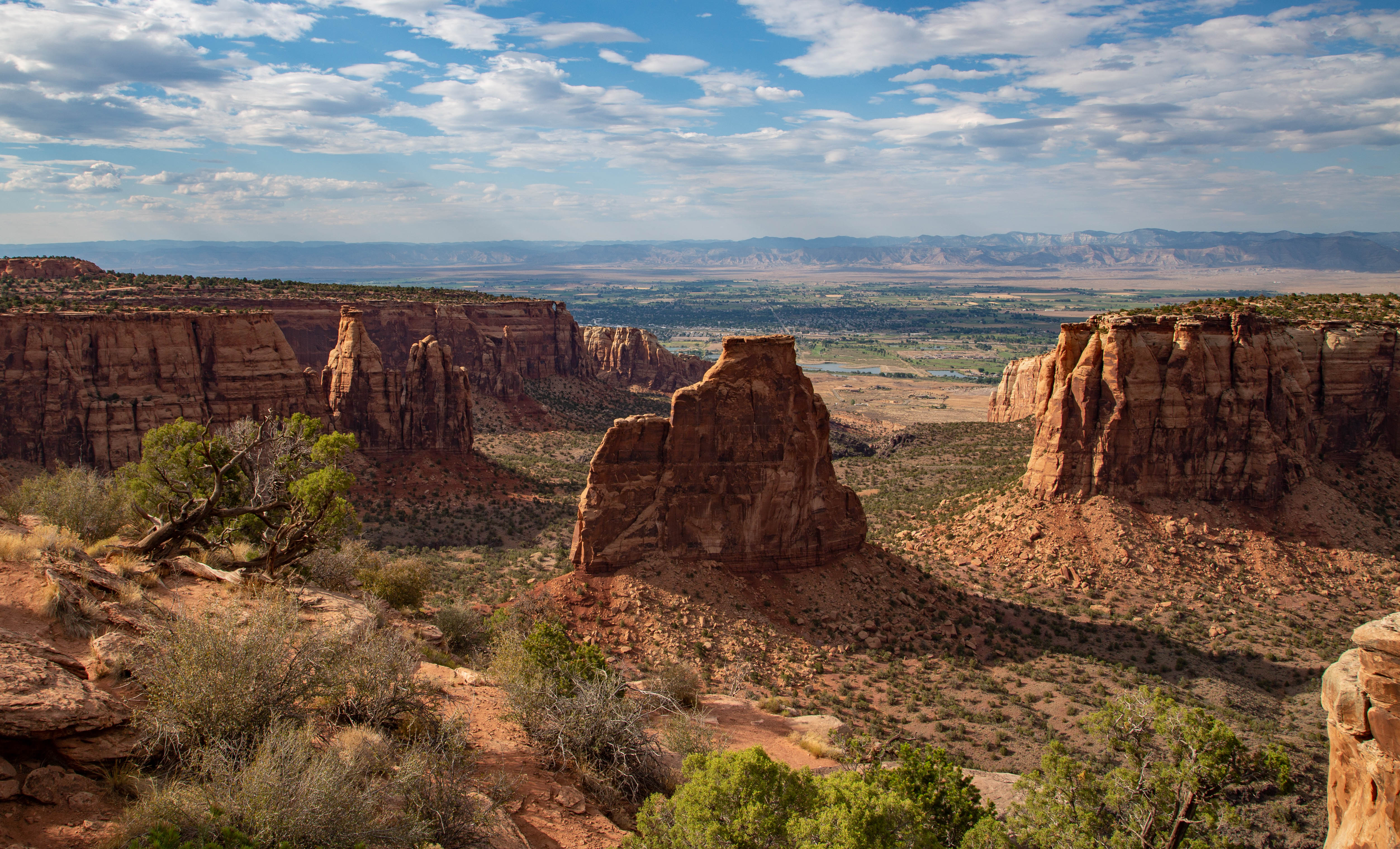
Running water/ River erosion.
How are deltas formed in Texas?
Running water from rivers carrying and dropping off sediment.
What is a sand dune made of?
Loose sand/ loose sediment
Do weathering, erosion, and deposition work together to form canyons?
YES!
This is a Sea Arch. What do you think formed the arch?
The waves crashing/ Water erosion.
Which Texas land formation is correctly paired with the force that made the land formation?
A. A canyon at Palo Duro Park was formed by a river.
B. A sand dune at Monahans Sandhills Park was formed by an earthquake.
C. A delta at the end of the Guadalupe River was formed by wind.
D. A delta on Galveston Island was formed by ice.
A. A canyon at Palo Duro Park was formed by a river.
Do sediments speed up or slow down when they reach the mouth of a river?
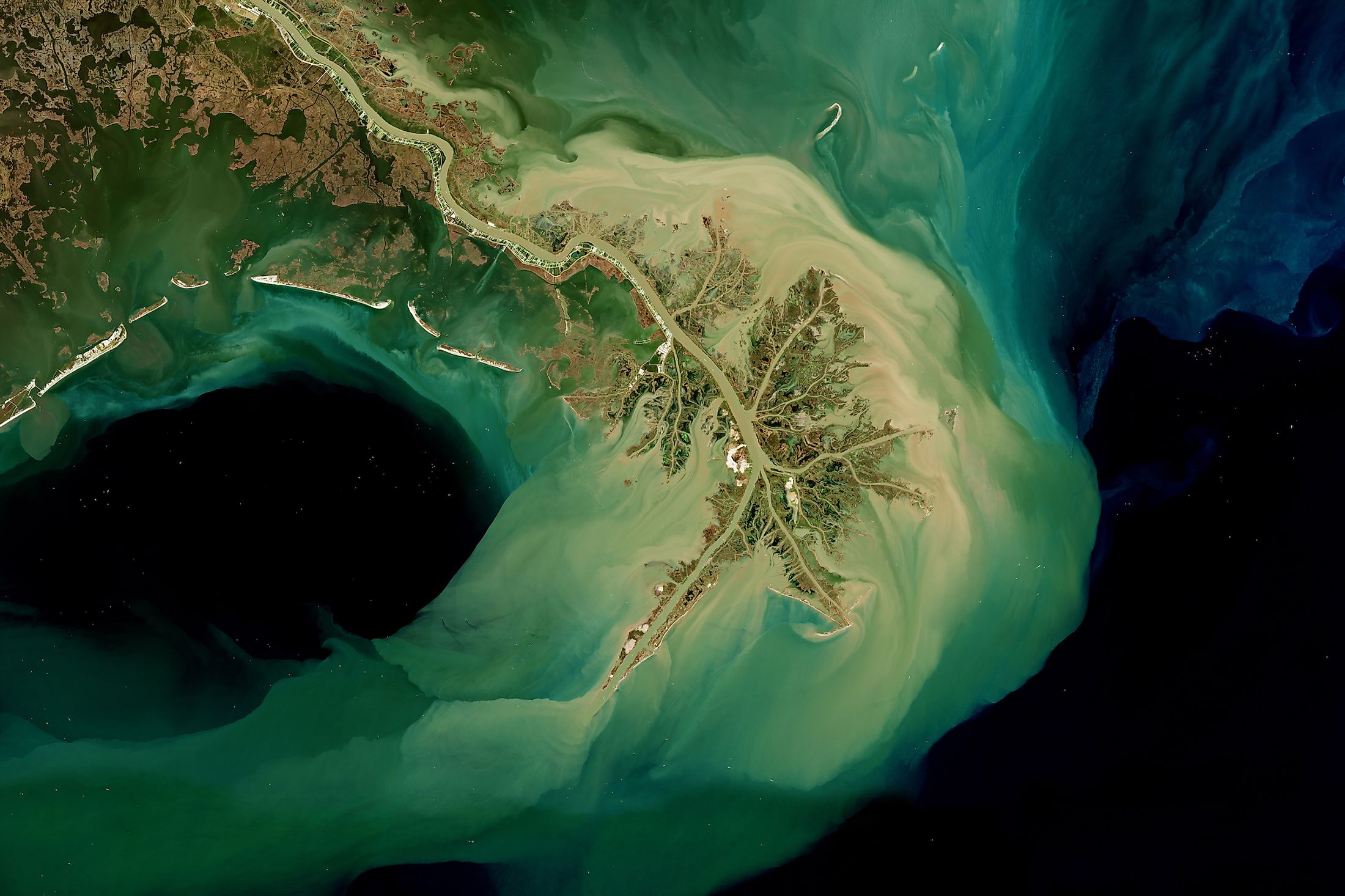
Slow down!
Is it possible to have sand dunes along beaches?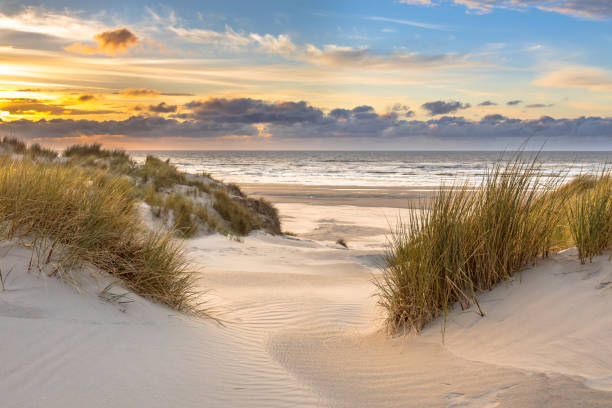
What gave this canyon its this circular shape?
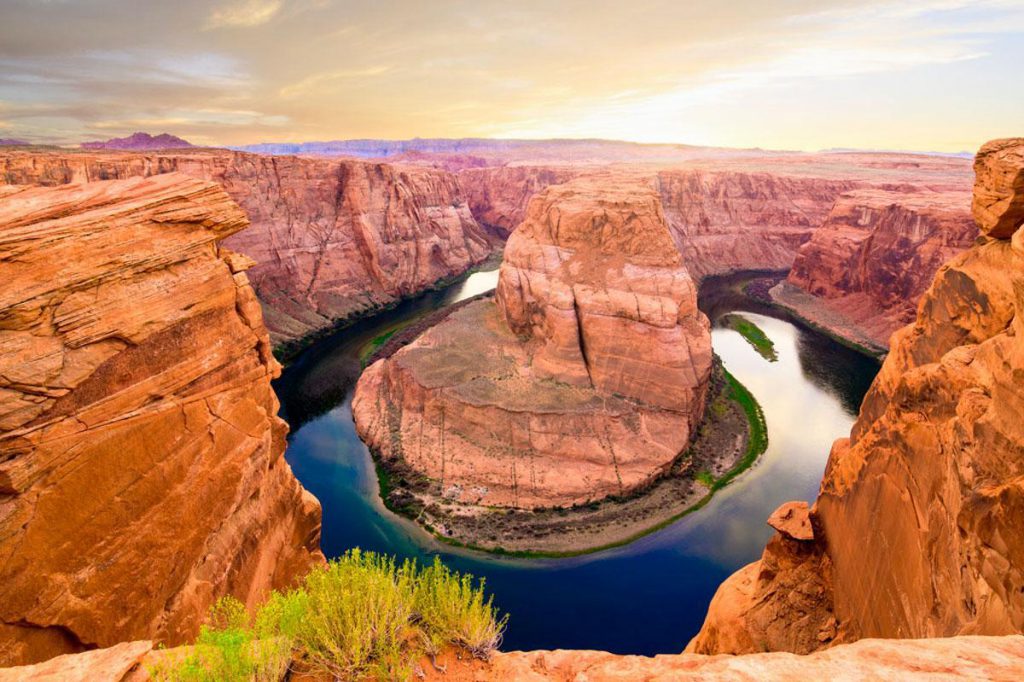 What are the different ways of deposition?
What are the different ways of deposition?
Water/ The river
The is a rock arch, it took.millions of years to form. How do you think this rock arch was formed?

Water erosion from rivers, and rain.
Deltas are large landforms found along coastlines. What process forms deltas?
A. Cementation of sediments by rivers
B. Deposition of sediments by rivers
C. Erosion of sediments by ocean waves
D. Deposition of sediments by ocean waves.
B. Deposition of sediments by rivers
Slow change
What is the agent of change for sand dunes?
Wind
Most canyons are formed by a river cutting into rock. This canyon was formed by water, but how did it get its smooth shape?
/https://tf-cmsv2-smithsonianmag-media.s3.amazonaws.com/filer/cb/87/cb87fada-31dd-40eb-8d1d-e3b5d738d327/istock-120911394.jpg)
Wind
This is a sea stack, in the ocean. How do you think it formed?
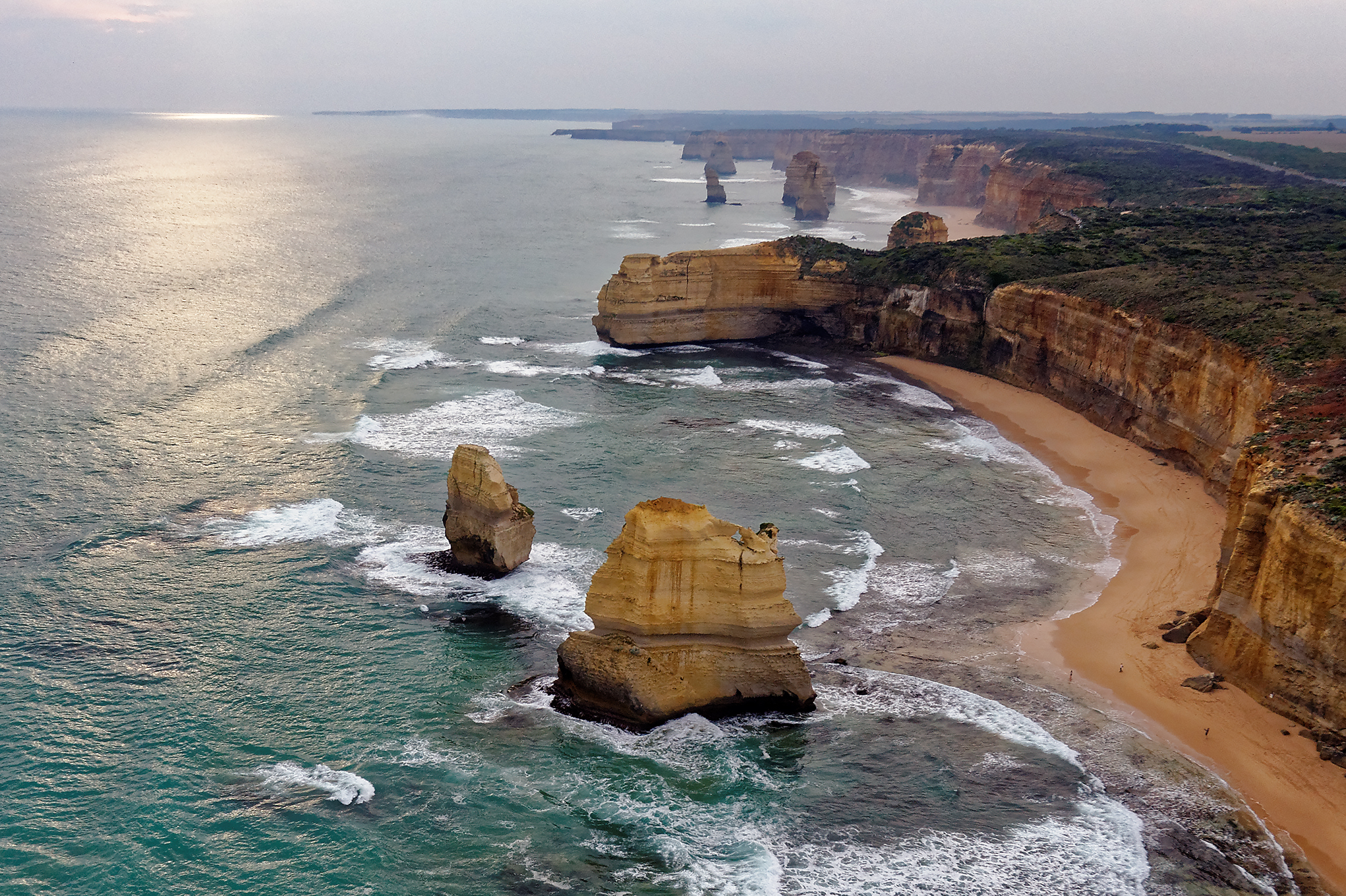
Water erosion in the form of waves crashing onto the rock.
Scientist are studying a landform found at the mouth of a river.

Which BEST explains the process that cause this landform?
A. As a river flows into the ocean, it speeds up, causing sediments to be deposited at the mouth of a river.
B. As a river flows into the ocean, it slows down, causing sediments to be deposited at the mouth of a river.
C. As ocean waves crash on the coast, they deposit sand from the ocean to the mouth of the river.
B. As a river flows into the ocean, it slows down, causing sediments to be deposited at the mouth of a river.
Deltas are large landforms found along coastlines. What process is part of delta formations?
A - Compaction of sediments by rivers.
B - Deposition of sediments by rivers.
C - Erosion of sediments by ocean waves.
B
Where does the sand from sand dunes originate?
Mostly rocks weathered in the desert. Sometimes by wind from far away places.
How are canyons similar to V-shaped Valleys?
This is a V-Shape Valley.
Water was the agent of change for each landform.
This image represents ice wedging. How did ice break this rock?

Ice weathering.
Water expands when it freezes. so when water freezes within a rock, it will break the rock in lines.
Which process most likely caused the crack in the rock?
 A. Water freezing and thawing in the rock
A. Water freezing and thawing in the rock
B. Wind blowing sediment against the rock
C. Water moving and droping the rock
D. Glaciers scraping over the rock.
A. Water freezing and thawing in the rock
As the years go on, why has this delta grown along the coast?

Sediment keeps on getting deposited at the mouth of the river.
What is one similarity between a sand dune and a canyon?
Canyons are formed by running water. This canyon happens to be in a cold location. How can ice play a factor in shaping this canyon?
Yes! Ice can freeze between rock cracks. When water freezes it expands, so when it thaws(dries), the rock breaks apart.
This is a U-shaped valley. It doesn't get any running water until after it is formed. How was this U-shaped Valley formed?
A glacier moving through it, giving it the U-Shape and not a V-shape.
Glacial Erosion
